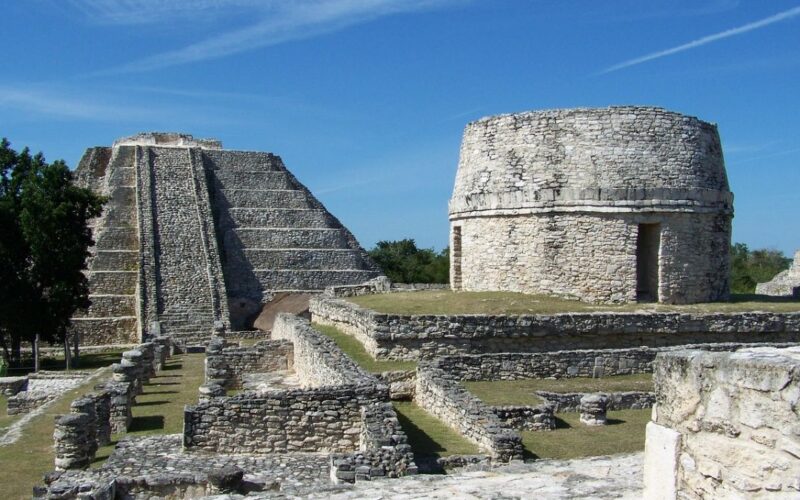Across the globe, time has buried countless civilizations, leaving behind tantalizing whispers of their glories and secrets. These ancient societies, though long vanished, continue to captivate our imaginations with their towering monuments, enigmatic scripts, and unsolved mysteries. Let’s embark on a journey through five of the most fascinating lost civilizations, exploring their remarkable achievements and enduring enigmas:
The Indus Valley Civilization (3300-1300 BCE)
Flourishing in what is now Pakistan and northwestern India, this enigmatic civilization thrived for over 2000 years. Renowned for their meticulously planned cities, advanced drainage systems, and sophisticated pottery, they remain shrouded in mystery. The lack of deciphered writing leaves unanswered questions about their social structure, religious beliefs, and ultimate demise.
The Minoan Civilization (2700-1450 BCE)
On the sun-drenched island of Crete, the Minoans built a maritime empire, renowned for their stunning palaces like Knossos. Their vibrant frescoes depict Minoan life, showcasing skilled artisans, athletic youth, and enigmatic rituals. Their writing system, Linear B, has been partially deciphered, revealing information about trade, religious practices, and daily life. However, the abrupt end of their civilization around 1450 BCE remains a perplexing puzzle.
The Nabataean Kingdom (312 BCE-106 CE)
Carving their realm into the sandstone cliffs of Jordan and Saudi Arabia, the Nabataeans were master engineers and traders. Their iconic city, Petra, boasts awe-inspiring temples and tombs hewn directly into the rock face. Yet, questions linger about their water harvesting techniques, intricate trade networks, and the reasons behind their eventual decline.
The Maya Civilization (2000 BCE-900 CE)
In the rainforests of Central America, the Maya built majestic cities like Tikal and Chichen Itza, showcasing their advanced knowledge of astronomy, mathematics, and calendar systems. Their hieroglyphic writing holds clues to their sophisticated understanding of the cosmos, complex rituals, and social hierarchy. However, the reasons behind the widespread abandonment of their cities around 900 CE remain a subject of ongoing debate.
The Aztec Empire (1325-1521 CE)
Rising from a small island in Lake Texcoco, the Aztecs established a powerful empire in Mesoamerica. Tenochtitlan, their capital, boasted floating gardens and magnificent temples dedicated to their pantheon of gods. Their unique writing system, pictographs, offers glimpses into their complex religious beliefs and social order. However, the arrival of Spanish conquistadors in 1519 led to their swift downfall, leaving behind unanswered questions about their cultural practices and the true story of their conquest.
These are just a few examples of the countless lost civilizations that continue to inspire and intrigue us. Their remarkable achievements whisper across time, leaving us with more questions than answers. As we delve deeper into their ruins, decipher their scripts, and piece together their stories, we gain a richer understanding of our past and the potential of human ingenuity. These whispers from the sands remind us that even the mightiest empires can fade, leaving behind enduring legacies that continue to fuel our curiosity and push the boundaries of our knowledge.










